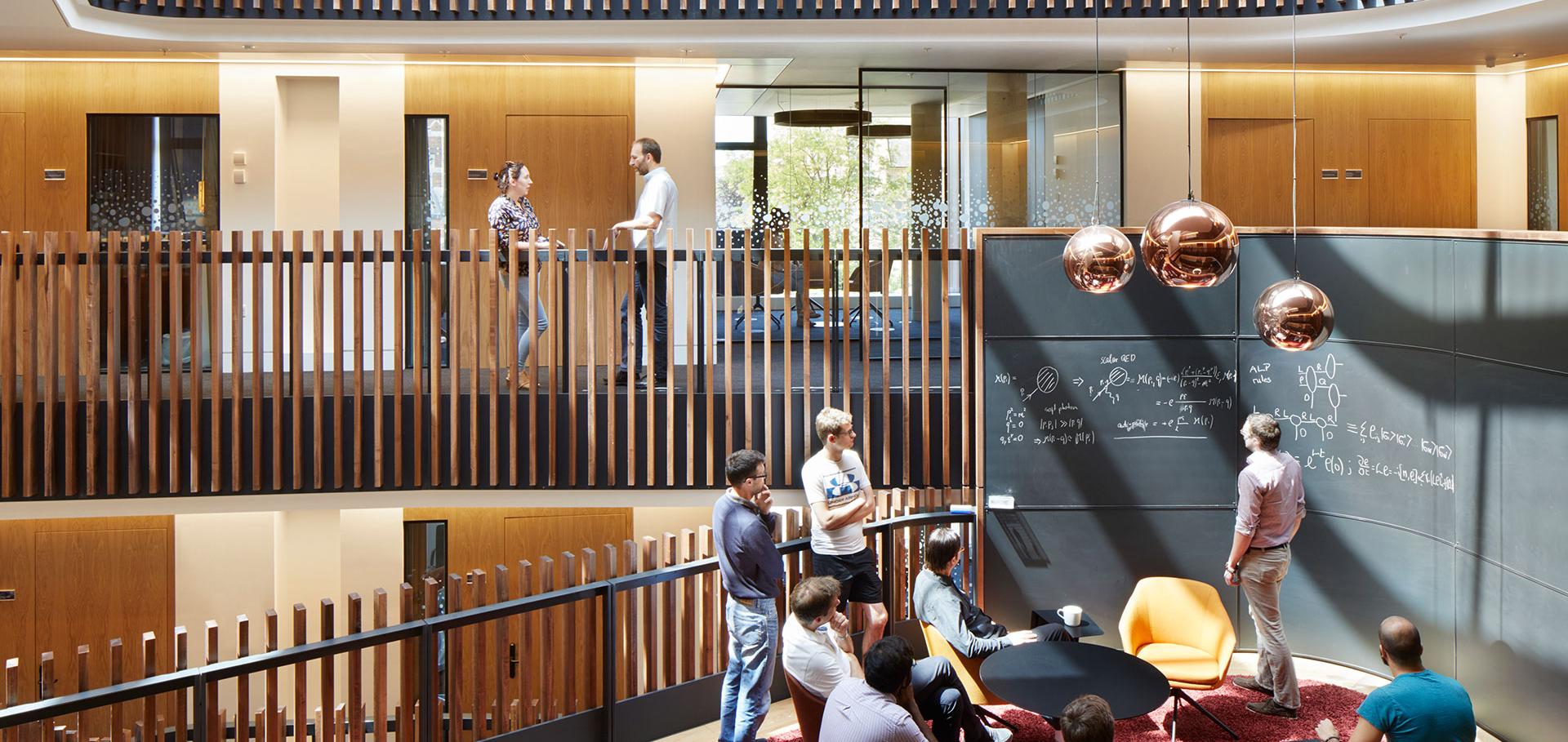Submersed micropatterned structures control active nematic flow, topology, and concentration
Proceedings of the National Academy of Sciences National Academy of Sciences 118:38 (2021) e2106038118
Abstract:
Coupling between flows and material properties imbues rheological matter with its wide-ranging applicability, hence the excitement for harnessing the rheology of active fluids for which internal structure and continuous energy injection lead to spontaneous flows and complex, out-of-equilibrium dynamics. We propose and demonstrate a convenient, highly tunable method for controlling flow, topology, and composition within active films. Our approach establishes rheological coupling via the indirect presence of fully submersed micropatterned structures within a thin, underlying oil layer. Simulations reveal that micropatterned structures produce effective virtual boundaries within the superjacent active nematic film due to differences in viscous dissipation as a function of depth. This accessible method of applying position-dependent, effective dissipation to the active films presents a nonintrusive pathway for engineering active microfluidic systems.Fluid flows on many scales
NATURE PHYSICS 17:6 (2021) 756-756
Active extensile stress promotes 3D director orientations and flows
(2021)
Abstract:
We use numerical simulations and linear stability analysis to study an active nematic layer where the director is allowed to point out of the plane. Our results highlight the difference between extensile and contractile systems. Contractile stress suppresses the flows perpendicular to the layer and favours in-plane orientations of the director. By contrast, extensile stress promotes instabilities that can turn the director out of the plane, leaving behind a population of distinct, in-plane regions that continually elongate and divide. This supports extensile forces as a mechanism for the initial stages of layer formation in living systems, and we show that a planar drop with extensile (contractile) activity grows into three dimensions (remains in two dimensions). The results also explain the propensity of disclination lines in three dimensional active nematics to be of twist-type in extensile or wedge-type in contractile materials.Active extensile stress promotes 3D director orientations and flows
(2021)
Activity pulses induce spontaneous flow reversals in viscoelastic environments.
Journal of the Royal Society, Interface The Royal Society 18:177 (2021) ARTN 20210100

